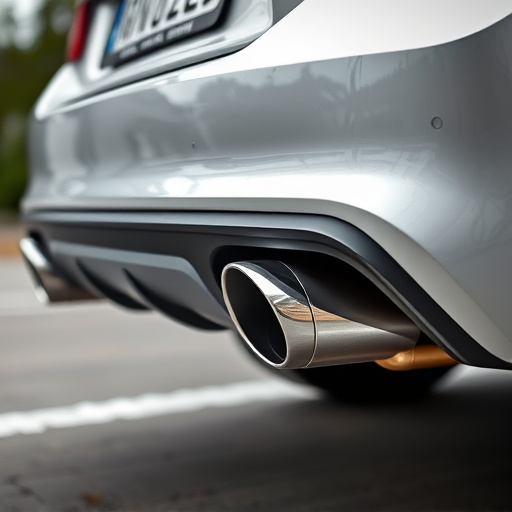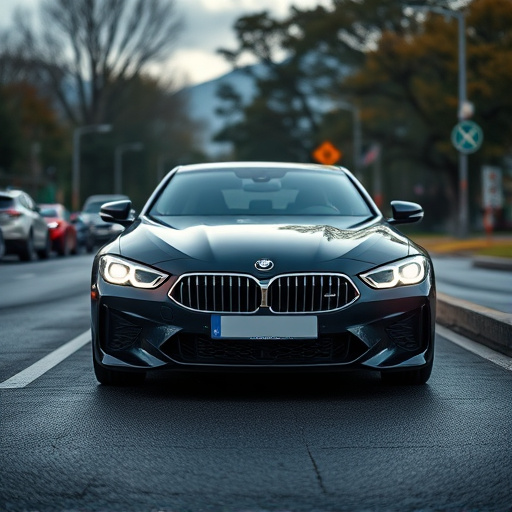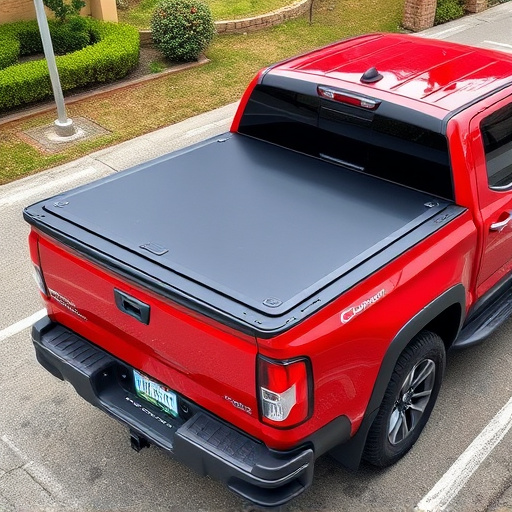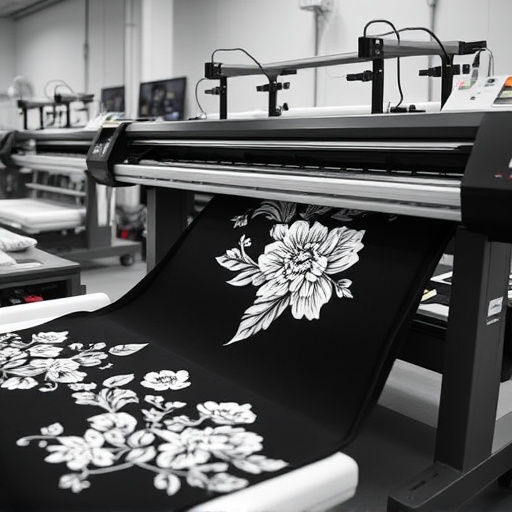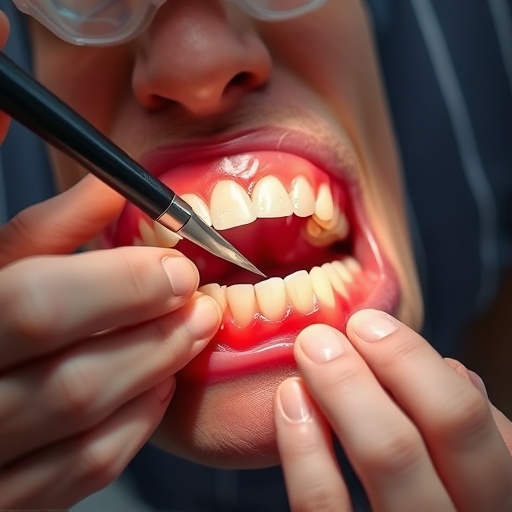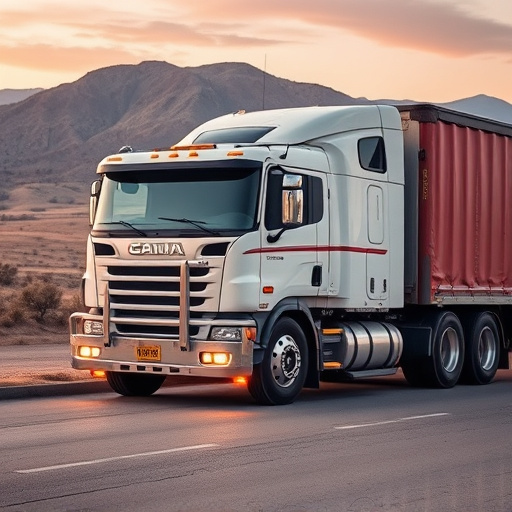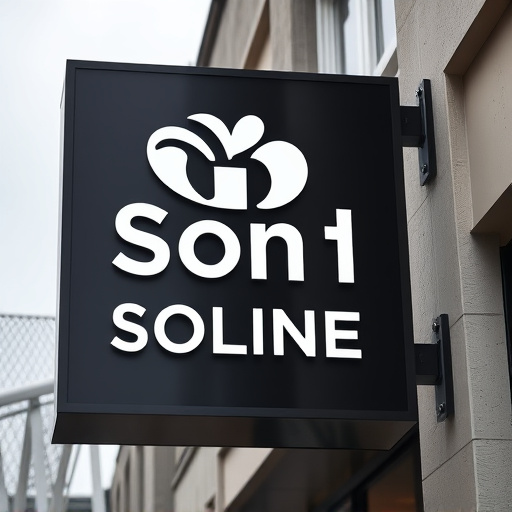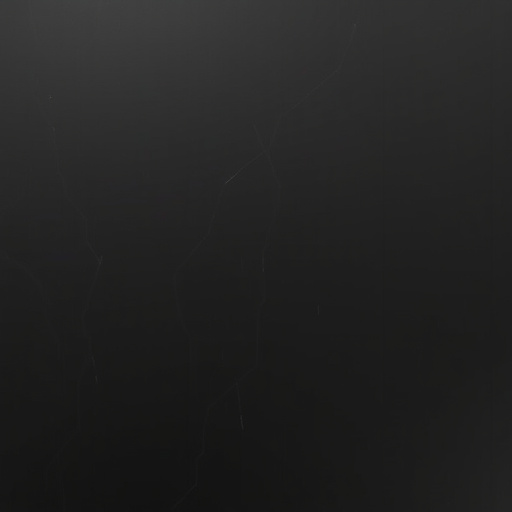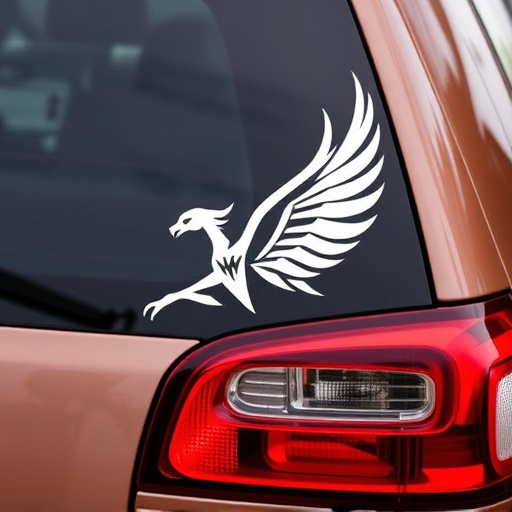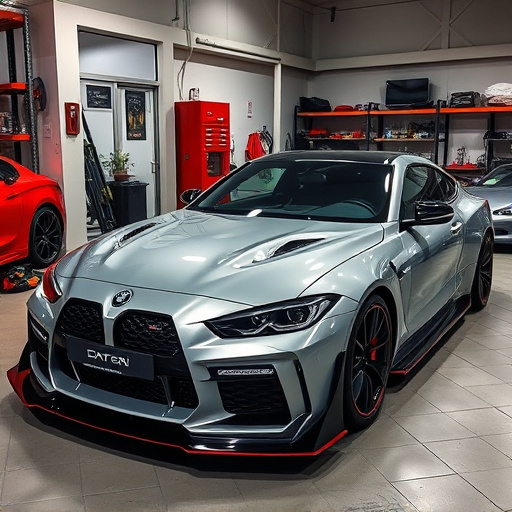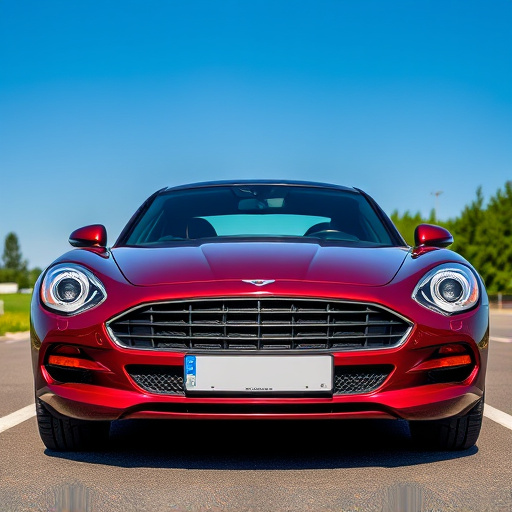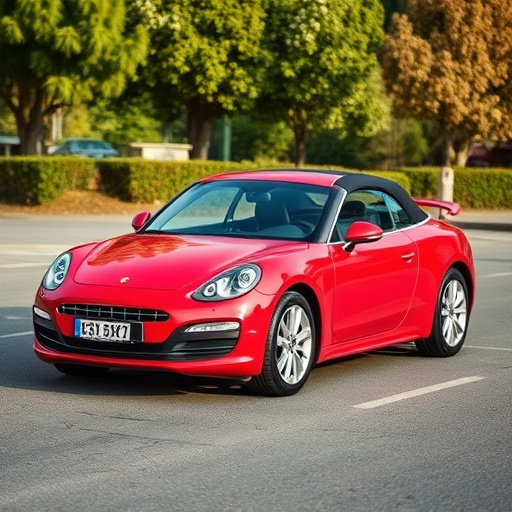Image resolution is key in banner design printing, directly impacting product quality. High resolutions (300 DPI+) yield sharp, vibrant prints suitable for outdoor displays and large-scale ads, ensuring legible text and accurate detail reproduction. Low resolutions lead to pixelation and blurriness. Choosing the right resolution, using CMYK color mode, avoiding lossy compression, and vector graphics enhance print quality, especially for automotive applications, creating visually compelling marketing materials.
In the realm of banner design printing, resolution plays a pivotal role in determining the quality and clarity of the final product. This article delves into the intricate relationship between resolution and banner design, guiding you through its impact on printing outcomes. We’ll explore strategies to ensure high-quality prints, helping you create visually stunning banners that effectively communicate your message. Understanding resolution’s nuances is essential for achieving exceptional banner design printing results.
- Understanding Resolution's Role in Banner Design
- Impact on Printing Quality and Clarity
- Strategies to Achieve High-Quality Print Outcomes
Understanding Resolution's Role in Banner Design
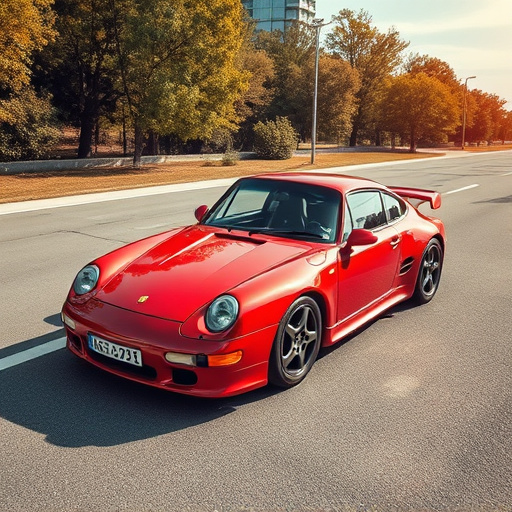
The resolution of an image plays a pivotal role in banner design printing, impacting the overall quality and effectiveness of the final product. In the context of banner design, resolution refers to the number of pixels per inch (PPI) that make up the digital image. A higher resolution means a greater number of details captured in the image, resulting in a sharper and more vibrant print. When designing banners for outdoor displays or large-scale advertisements, such as vehicle wraps or protective coatings, a high-resolution image is essential.
Choosing the right resolution ensures that text remains legible even from a distance and that intricate designs are reproduced accurately on various surfaces. For instance, vehicle wraps require crisp images to showcase detailed graphics and branding effectively. Similarly, protective coatings rely on high-resolution visuals to display product information without pixelation or blurring. Therefore, understanding and optimizing the resolution for banner design printing is crucial for creating visually appealing and impactful marketing materials.
Impact on Printing Quality and Clarity
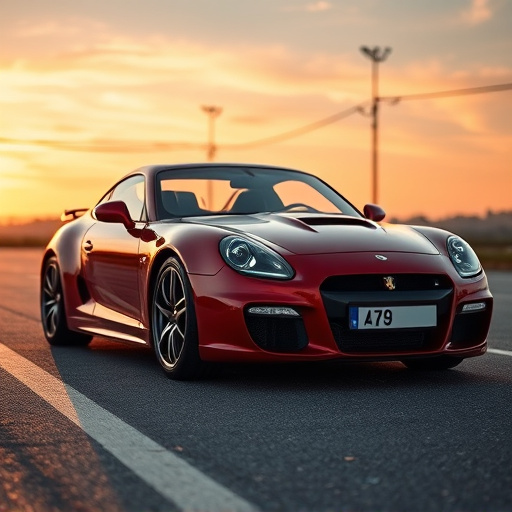
The resolution of an image plays a pivotal role in determining the quality and clarity of banner design printing. When creating banners for various purposes such as advertising or promotional events, utilizing high-resolution visuals is essential. Higher resolution ensures that intricate details are captured accurately during the printing process, resulting in sharper images and more vibrant colors on the final product. This is especially crucial for eye-catching displays like vehicle wraps or paint correction services advertisements where every element needs to be crisp and visible.
Low-resolution graphics can lead to pixelation and blurriness, significantly impacting the overall aesthetic appeal of the banner. In the context of premium automotive services, where visual impact matters, choosing the right resolution can make a significant difference in how the banner communicates its message. For instance, a well-resolved image of a sleek car on a vehicle wrap will appear more realistic and captivating to potential customers compared to one that lacks detail. Thus, designers should prioritize high-resolution images to ensure the printed banners meet the desired standards and effectively convey their intended messages.
Strategies to Achieve High-Quality Print Outcomes
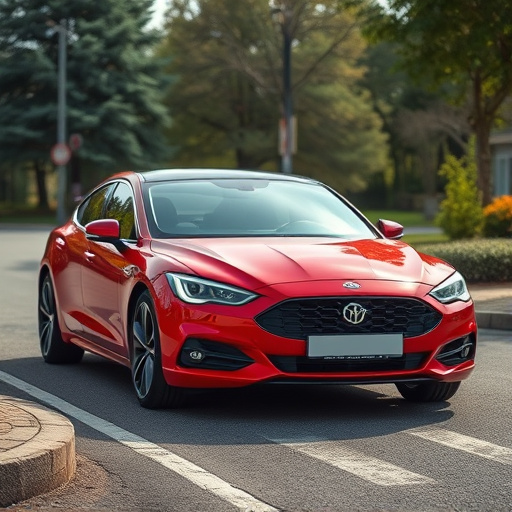
Achieving high-quality banner design printing requires a strategic approach, especially when considering the final use and desired impact. For outdoor banners or large-scale advertising, a crucial step is to ensure the original design file is optimized for print. This involves using the correct color mode (CMYK), setting appropriate resolution (typically 300 DPI or higher), and avoiding any lossy image compression. High resolution ensures that intricate details and fine lines are crisp and clear when printed at a large scale.
Additionally, utilizing vector graphics in your design software is advantageous for print quality, especially for automotive detailing or vehicle enhancement banners. Vector images can be scaled up or down without losing clarity, ensuring consistency across various sizes. This is particularly useful if you’re creating graphics that will later be applied to custom car wraps or other vehicle enhancements. As a result, you’ll achieve vibrant and precise visuals that enhance the overall aesthetic appeal of your banner design printing project, whether it’s for an automotive show or a grand marketing campaign.
In conclusion, understanding resolution’s critical role in banner design is paramount for achieving high-quality print outcomes. The impact on clarity and overall printing quality cannot be overstated, especially as we navigate the demanding standards of modern marketing materials. By implementing strategies to ensure optimal resolution, from source material to printing techniques, designers and printers can deliver vibrant, impactful banners that effectively communicate messages in a competitive visual landscape. Maximizing banner design printing starts with resolute attention to detail.

